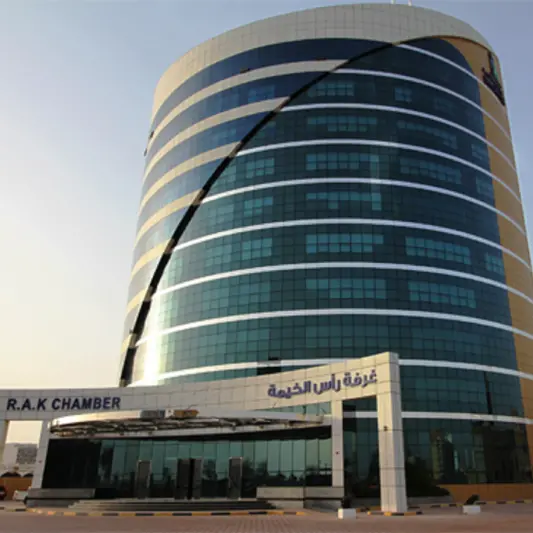PHOTO
Resale price method (RPM) is the second traditional method to calculate the arm’s length price through the process of reverse calculation. The Organisation for Economic Cooperation and Development (OECD) has provided the below definition of RPM in its transfer pricing guidelines, and almost the same has been defined in the CTGTP1, the guideline issued by the Federal Tax Authority (FTA) on the transfer pricing.
A transfer pricing method is based on the price at which a product that has been purchased from an associated enterprise is resold to an independent enterprise. The resale price is reduced by the resale price margin. What is left after subtracting the resale price margin can be regarded, after adjustment for other costs associated with the purchase of the product (e.g. custom duties), as an arm’s length price of the original transfer of property between the associated enterprises.
In the RPM, the transfer price between related parties or connected persons is determined by adjusting the resale price of a product based on resale price margin and other costs directly associated to the purchase and sale of the product. The resultant should be arm’s length price. This price is compared with the price charged for the transaction between the related parties and if required; adjustment is made accordingly.
We do comparability analysis; and while applying the comparability analysis, we consider the “internal comparable” and “external comparable”. In the internal comparable, we consider the margin charged by the same supplier to any third party, while in the external comparable, the margin charged on the supply of product between the third party is considered. Like if A Ltd is reselling the goods to B Ltd, a related party, at 15 per cent margin, while the product at 20 per cent margin to C Ltd, a non-related party, then 20 per cent is “internal comparable”. At same time and under the similar circumstances, if the X Ltd is reselling the product to Y Ltd, and charging 21 per cent, then 21 per cent will be considered “external comparable”.
Before assessing the price based on the above formula, we need to consider the functions performed, risk assumed, and assets utilised by each party. Factors such as operating costs, selling expenses, and a suitable profit level based on the reseller’s activities and functions must be considered.
Assessing the resale margin becomes relatively straightforward when the reseller engages in buying and selling of a product without adding any value. However, if the reseller adds value to the products, then their resale margin would be higher. For example, a reseller who is taking semi-finished goods and incorporating materials, labour, and overhead costs to transform them into finished goods, would charge higher resale margin as compared to the reseller who is involved in the trading of the product.
Certain resellers undertake extensive commercial activities, such as advertising, marketing, distribution, issuing guarantees, and financing goods, alongside their resale operations. These resellers anticipate a fair resale margin, which must be taken into account when evaluating the resale price margin.
In cases where there is a chain of goods distribution involving intermediate parties, it becomes crucial to consider not only the resale price and activities of the immediate reseller but also those of all intermediaries involved. Examining the resale price and functions of each intermediary in the distribution chain is essential for a comprehensive assessment.
In situations where the reseller holds exclusive territorial rights, it is reasonable for them to anticipate a slightly higher price margin. Additionally, the accounting practices followed by the reseller can also impact the assessment of the resale price margin. Factors such as how research and development costs are treated (capitalised by one party versus expensed by another reseller) may require adjustments to determine the resale price margin.
The RPM is commonly suitable for distributors and resellers. This is easy to use method, but it relies on information from third parties. Furthermore, when the parties involved have varying functions, activities, and other factors, assessing the resale price margin becomes particularly challenging.
Mahar Afzal is a managing partner at Kress Cooper Management Consultants. The above is not an official of Khaleej Times but an opinion of the writer. For any queries/clarifications, please write to him at mahar@kresscooper.com.
Copyright © 2022 Khaleej Times. All Rights Reserved. Provided by SyndiGate Media Inc. (Syndigate.info).




















